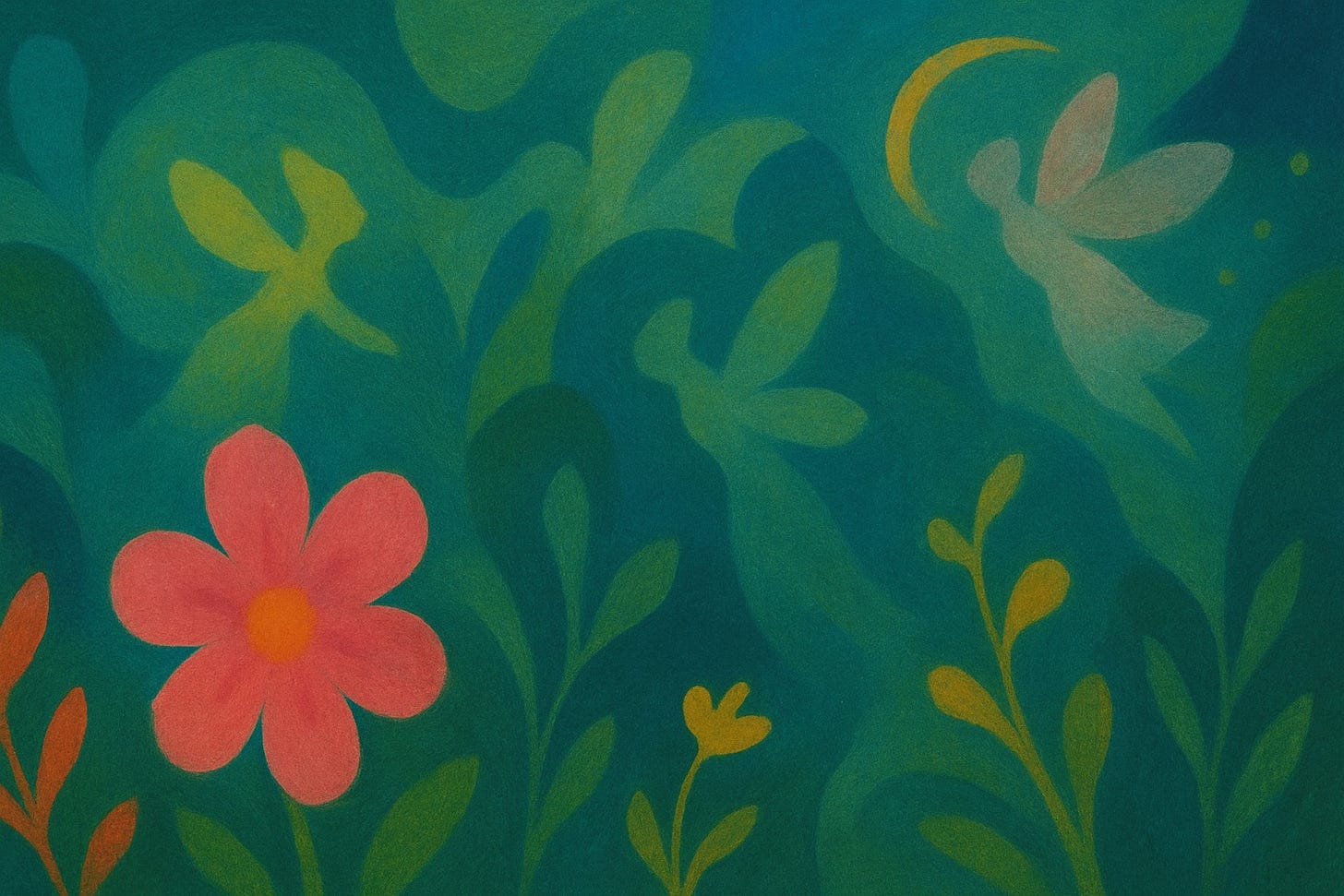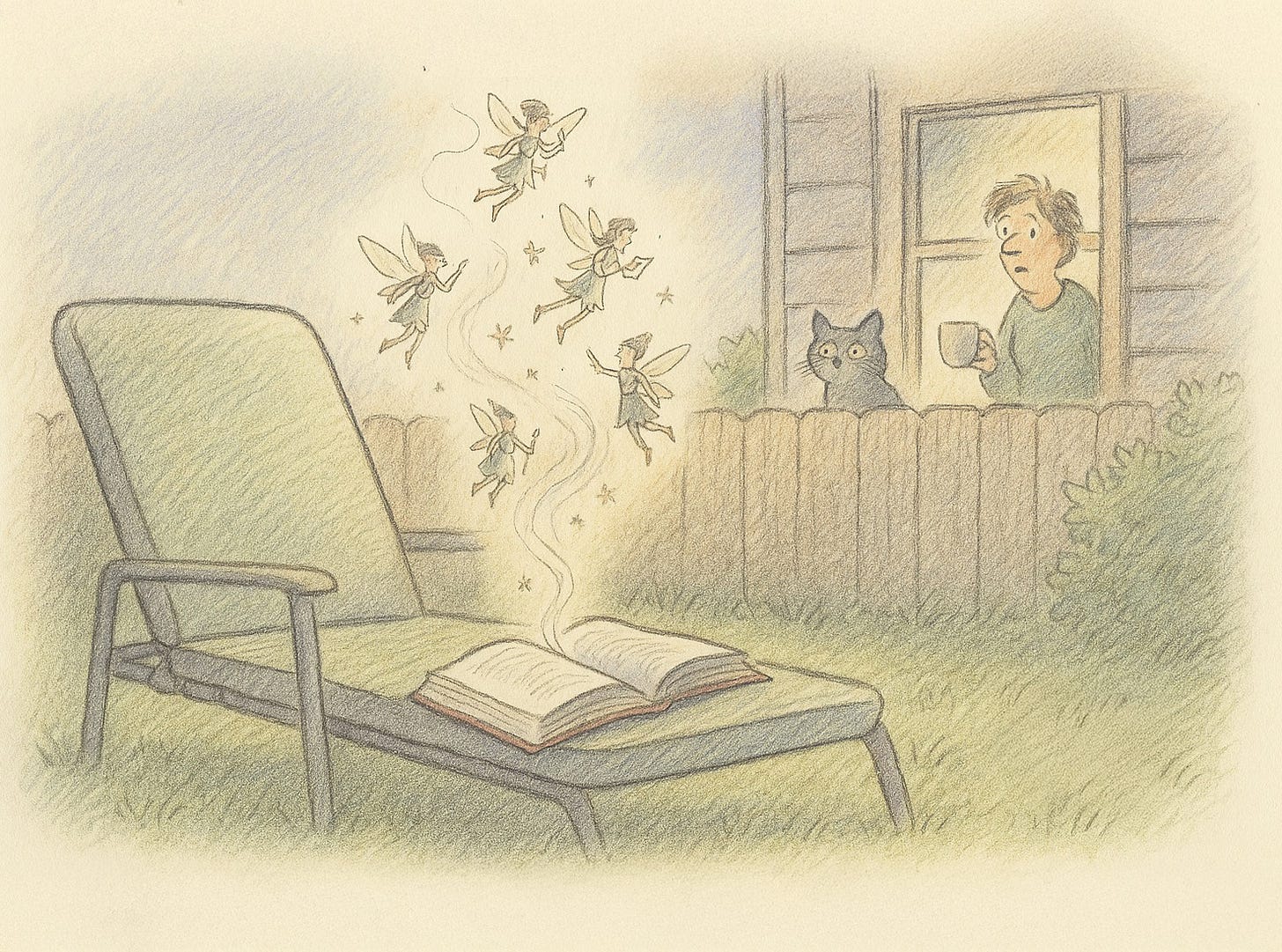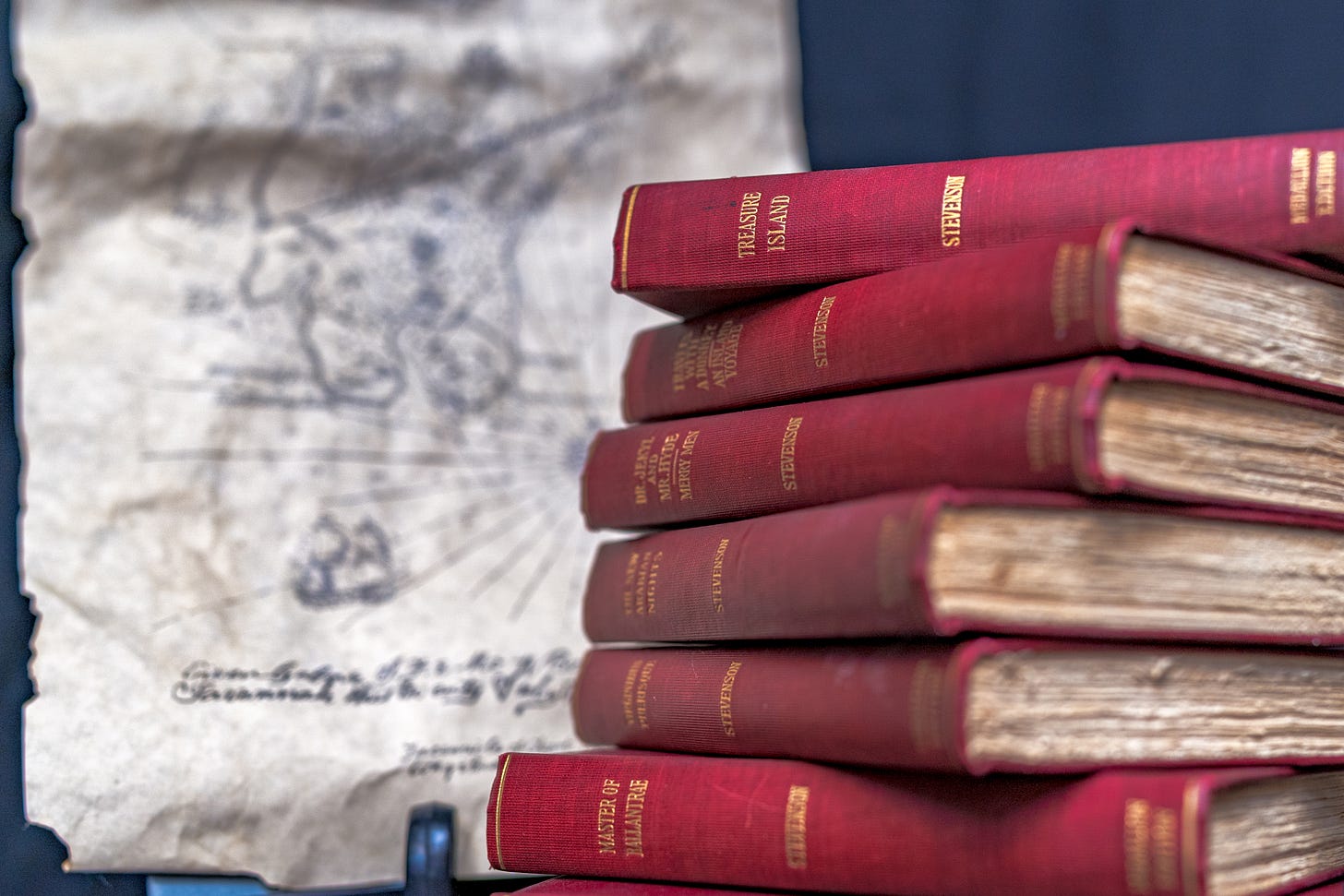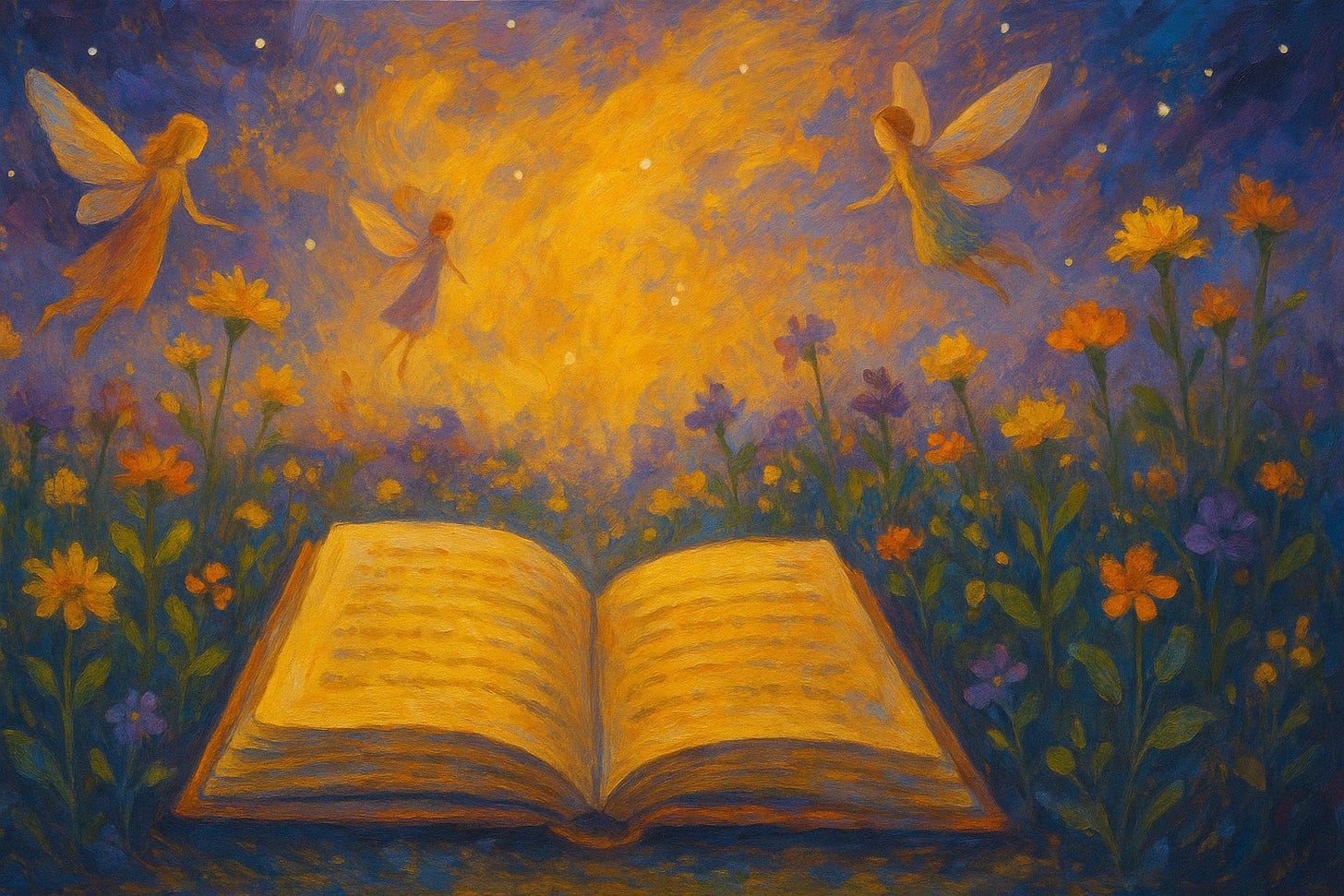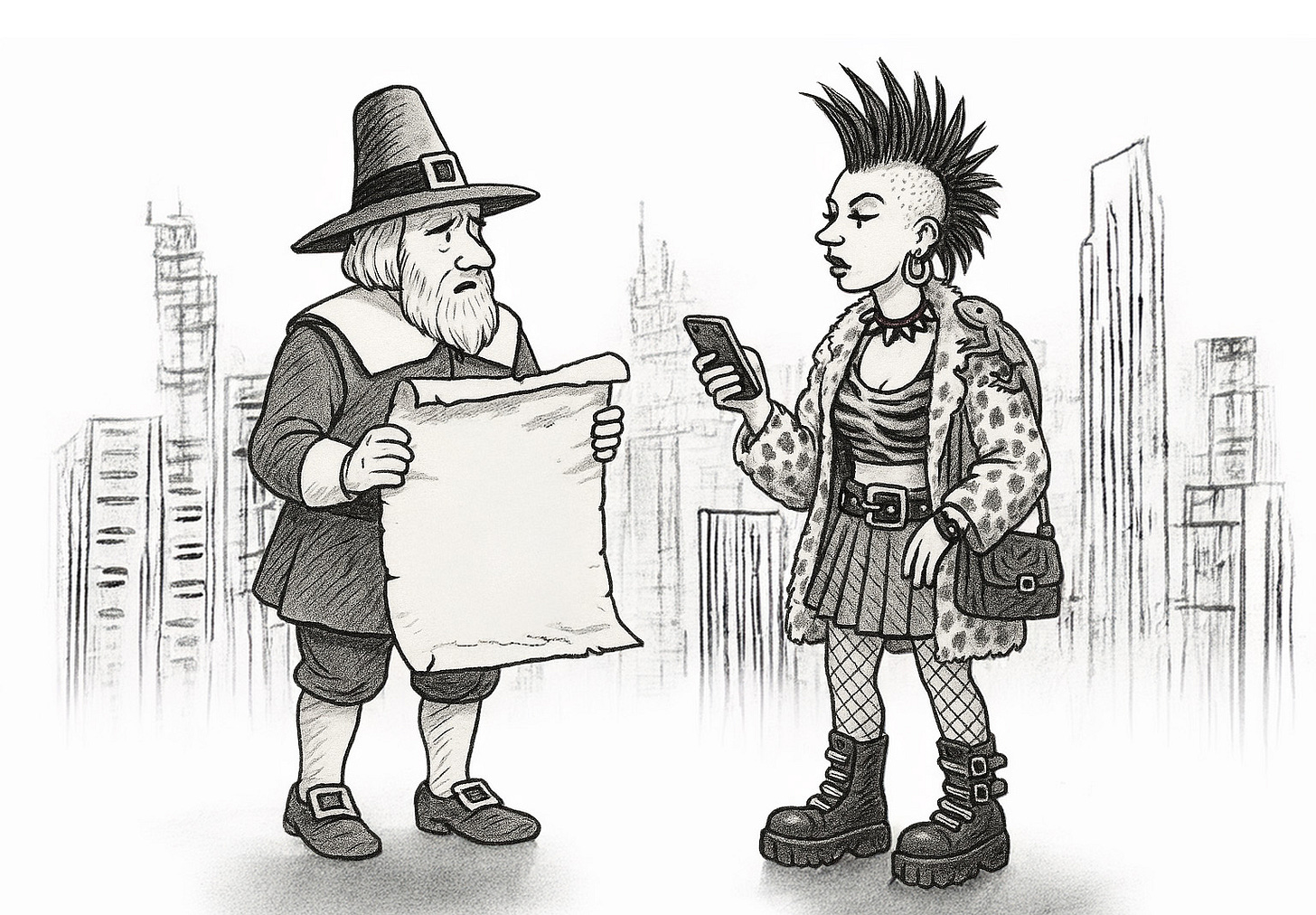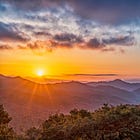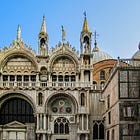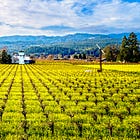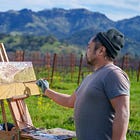Sunday E-dition: 'One Book Napa' Connects the Community
By Sasha Paulsen
NAPA VALLEY, Calif. — One way to maintain balance in our trying times, I find, is to open a book. For me, this means a real book, not on anything resembling a computer. Books are the only thing I collect, and my house and garage are filled with used books. Often, after an especially alarming news cycle, I will retreat to my books, choose one or even just sit among them. Here is solace, entertainment and escape — but also perspective.
The magic of books is that a writer can reach out over time and space to share an idea, an experience and even, perhaps, a laugh.
The world has always been in an upheaval of one form or another, and the worst, I believe, are caused by those who chose to ban and burn books instead of reading them. Why are books so fearful to them? Maybe it’s because books can create community, and community makes things happen.
In line with this, local book-lovers have launched a new community reading series: One Book Napa. Open to all Napa readers and book-lovers, it is a project of the Napa Valley Writers’ Conference in collaboration with Napa County Library, Copperfield’s Books and Napa Bookmine.
They are starting with a stellar novel: Margot Livesey’s “The Road From Belhaven.” Livesey’s 10th novel tells the story of Lizzie Craig, whose gift of second sight complicates her coming of age in 19th-century Scotland.
According to The New Yorker, the book “gracefully evokes the magic and mystery of the rural world and the vitality and harshness of city life.”
On June 7, local authors read aloud the opening chapters of “The Road From Belhaven” to introduce the novel. The main events, however, are coming up in July, when Livesey will be in Napa to meet with readers to talk about her writing process and craft.
Books can create community, and community makes things happen.
I was honored to be one of the local writers taking part in the program. I had just begun reading the book. Livesey, who grew up in Scotland but now lives in Cambridge, Massachusetts, is a quiet storyteller who draws you in, as if to an ancient fireside, to hear a tale of another time and place that nonetheless has an enchanted link to our own world here and now.
I first had a chance to meet and work with Livesey in 1993, when, after living in Europe for several years, we were returning to the United States, and I brought my two small children, Sam, 2, and Ariel, 4, to stay at my mother’s house in Napa while my husband got settled in Boston, where he was going to teach.
Somewhere in my head I aspired to write stories. Anyone who has ever had a 2- and 4-year-old, however, will appreciate that these aspirations were somewhat tangled, like a ball of yarn with which a cat has had a grand time — knotted and frayed bits, chewed and shredded, possibly containing promise, possibly beyond salvaging.
I read in the local paper an announcement about the upcoming Napa Valley Writers’ Conference. I applied and was accepted. My mother agreed to babysit, and I went off to join it, spaghetti head and all. The author I was assigned to was Livesey.
There followed a week of pure inspiration, while my mother worried about the day-to-day world of “No, Sam, you shouldn’t eat everything you find on the road” and “Yes, Ariel, there are fairies in every garden.” I understand she read to them from her favorite books by Carl Sagan and Joseph Campbell, and they watched all of “Monty Python’s Flying Circus” together. I hoped, but wasn’t sure, that at some point she added in “Sesame Street.” (She did love her PBS.)
Meanwhile, I was in the world of book craft, the search for characters, plots and words. I absorbed everything like a dried-up sponge that had fallen into a barrel of rainwater, mesmerized by Livesey’s exquisite sense for words that captured the nuances of characters and situations. I read one of her novels; her characters — everyday people — leapt off pages and into my head. I left the conference having decided I would, one way or another, write a novel.
And 25 years later, when I had finished and my agent had found a publisher, one of the first things they told me was to get a blurb. These are the glowing acclamations, preferably from a New York Times bestselling author, that they believe will persuade readers to buy your book. They had one, but I needed to get one, too.
It’s a great and daring ask to get an author to not only read your manuscript but praise it. I decided on the craziest of longshots, tracked down Livesey’s email and, opening with “I don’t know if you will remember me from 1993,” asked if she might consider this. She responded immediately, read “Dancing on the Spider’s Web” and wrote a blurb that was so lovely I hardly recognized my own work in it. I had written such a book? Really?
So I learned from Livesey not only about writing but also about writers and the powerful role they can play in supporting other new writers. (Not all writers subscribe to this generosity, I might add, but I believe the best ones do.)
I hope to see you at one of the July events.
Here is the schedule for the inaugural One Book Napa:
July 18 — Free reading and book-signing with Livesey at Napa County Library, 580 Coombs St., Napa.
July 21, 1:30 p.m. — Fiction-writing craft lecture with Livesey, part of Napa Valley Writers’ Conference. Performing Arts Center, Napa Valley College, 2277 Napa-Vallejo Highway, Napa. $25 admission at the door, $15 for students with ID.
July 23, 4:30 p.m.— Free discussion of the works of Livesey and poet Brian Teare with author Caroline Goodwin, part of the Napa Valley Writers’ Conference. Community Room, McCarthy Library, Napa Valley College, 2277 Napa-Vallejo Highway, Napa.
July 23, 5:30 p.m. — Wine reception and reading with Livesey and Teare, part of Napa Valley Writers’ Conference. Performing Arts Center, Napa Valley College, 2277 Napa-Vallejo Highway, Napa. $20 admission at the door, free for students with ID.
Copies of “The Road From Belhaven” are available at Copperfield’s Books and Napa Bookmine, and audio and print versions are available via the Napa County Library. For more information about One Book Napa, visit their website.
—
Sasha Paulsen is a journalist and novelist who lives in Napa.
Poems of the Day
There Is no Frigate like a Book (1286)
By Emily Dickinson
There is no Frigate like a Book
To take us Lands away
Nor any Coursers like a Page
Of prancing Poetry –
This Traverse may the poorest take
Without oppress of Toll –
How frugal is the Chariot
That bears the Human Soul –
About the author: Emily Dickinson (1830–1886) is considered one of the greatest American poets. Though she wrote nearly 1,800 poems, only around a dozen were published during her lifetime — and often heavily edited to fit conventional norms. Her work, largely unknown while she lived, has since transformed American poetry with its spare language, elliptical form and penetrating insight.
Born in Amherst, Massachusetts, Dickinson spent much of her life in seclusion, cultivating a deep inner world that found expression in poems about nature, death, love, faith and the mind's mysterious workings. Her contemporaries included literary giants such as Walt Whitman, Herman Melville, Ralph Waldo Emerson, Henry David Thoreau and Nathaniel Hawthorne, though Dickinson’s voice remained uniquely her own — compressed, idiosyncratic and quietly radical.
She died at the age of 55, in 1886, likely of heart failure brought on by a long illness. It wasn’t until after her death, when her sister discovered her cache of handwritten poems, that Dickinson’s extraordinary body of work began to reach a wider audience. Today she stands among the most influential figures in American literature, her poems continuing to challenge, haunt and uplift readers around the world.
Are you a poet, or do you have a favorite piece of verse you'd like to share? Napa Valley Features invites you to submit your poems for consideration in this series. Email your submissions to napavalleyfeatures@gmail.com with the subject line: "Poem of the Day Submission." Selected poets will receive a one-year paid subscription to Napa Valley Features (a $60 value). We can’t wait to hear from you.
Today’s Caption Contest
Pick your favorite caption or add your own in the comments below.
Possible Captions:
"One minute I was reading. The next, I was gone."
"This is why I never read alone at night."
"Some people escape with books. I escaped into one."
"Plot twist: Turns out, I’m the sequel."
"Technically, I live between pages now."
Last week’s contest results
In “Sunday E-dition: Talahalusi and the First Impressions of Napa Valley’s Wild Beauty,” the winning caption was, “Does that thing show where we lost control of the narrative?,” with 67% of the votes.
“Does that thing show where we lost control of the narrative?”
“I’m here for freedom, but at this point, I’d settle for a decent bagel.”
“Well, this parchment updates once every hundred years.”
“I’m looking for purpose and meaning. Or failing that, a restroom.”
“Oh Oracle, what’s a ‘microdose’?”
Last Week
Tim Carl examined the escalating threat of wildfire smoke to Napa Valley’s wine industry in his article “Wine Chronicles: Napa Valley Holds Its Breath for the 2025 Fire Season.” Carl detailed how smoke, not flames, is now the primary risk, with volatile phenols compromising grape quality and costing millions in crop losses. He highlighted ongoing scientific efforts to understand and mitigate smoke taint, including lab analysis, field sprays and winemaking adjustments, while noting the uncertain future of federal funding for smoke exposure research. Carl also addressed health concerns for farmworkers and the growing urgency for systemic solutions. The piece underscored that in a warming climate, smoke is becoming a permanent challenge.
Cindy Watter shared personal anecdotes and gardening insights in her article “Pruning Hydrangeas Keeps Them Happy and Healthy.” Drawing from her own experience with an oakleaf hydrangea named Alice, Watter explained the importance of pruning at the right time to preserve next year’s blooms, while also detailing proper care techniques such as mulching, soil amendment and propagation. She noted the plant’s year-round beauty, pollinator benefits and minimal pest issues, though she cautioned about its mild toxicity to pets and humans. Watter also discussed environmental needs, pruning mistakes and tips for successful propagation. Her piece combined practical advice with humor and reflection.
Carl challenged prevailing assumptions about the region’s housing crisis in his article “Rethinking the Housing Narrative in Napa County.” Carl examined the gap between housing construction and job growth, highlighting how population decline, stagnant wages and an aging demographic complicate calls for large-scale development. He also questioned the relevance of the often-cited 10,000-unit shortfall, noting that California’s enforceable housing mandate for Napa is far lower. Drawing on state and federal data, Carl argued that housing policy must be realigned with current economic and workforce realities rather than outdated projections. His analysis called for a shift from speculative building targets to resident-centered planning.
Rebecca Yerger shared the history of how Napa Valley’s natural beauty inspired generations in her article “Talahalusi — Beautiful Land.” Yerger traced early impressions of the region through oral histories of local Native Americans, including recollections passed down to Suscol Council elder Jim Big Bear King, as well as 19th-century letters from pioneer settlers such as John Cyrus and Mrs. Ely. She included poetic descriptions from M.S. Beers and academic reflections from botanist Willis Linn Jepson, each captivated by the valley’s landscape. Through their words, Yerger highlighted a consistent reverence for Napa’s environment spanning centuries. Despite modern changes, she concluded, the area’s allure remains undiminished.
Tim Carl reported on the return of La Onda in his article “La Onda 2025: A New Rhythm Rises in Napa Valley.” Now in its second year, the Latin and regional Mexican music festival drew thousands to the Napa Valley Expo, featuring performers such as Marco Antonio Solís, Ángela Aguilar and Carín León, as well as Lucha Libre wrestling, Aztec dancers and more than 60 food vendors. Carl highlighted the event’s family-friendly atmosphere and its cultural significance within Napa’s growing Latino community. Artists like Alison and Marla Solís brought personal narratives and modern styles to the stage. Organizers confirmed that the festival will return in 2026.
Kathleen Scavone explored the significance of birds in Indigenous traditions in her article “Birds in Napa’s Native Culture.” Scavone highlighted how local tribes, including the Miwok, Patwin, Wappo and Pomo, incorporated bird feathers into ceremonies, baskets and regalia, using species such as hummingbirds, red-tailed hawks and flickers for symbolic and practical purposes. She detailed a talk by Charlie Toledo of the Suscol Intertribal Council, who explained the cultural and spiritual importance of feathers and recounted the challenges Indigenous people faced in preserving their traditions. The article also included a Miwok myth about how the robin got its red breast. Scavone emphasized the deep connection between Indigenous peoples and the natural world, underscoring efforts to honor and revive these cultural practices.
—



